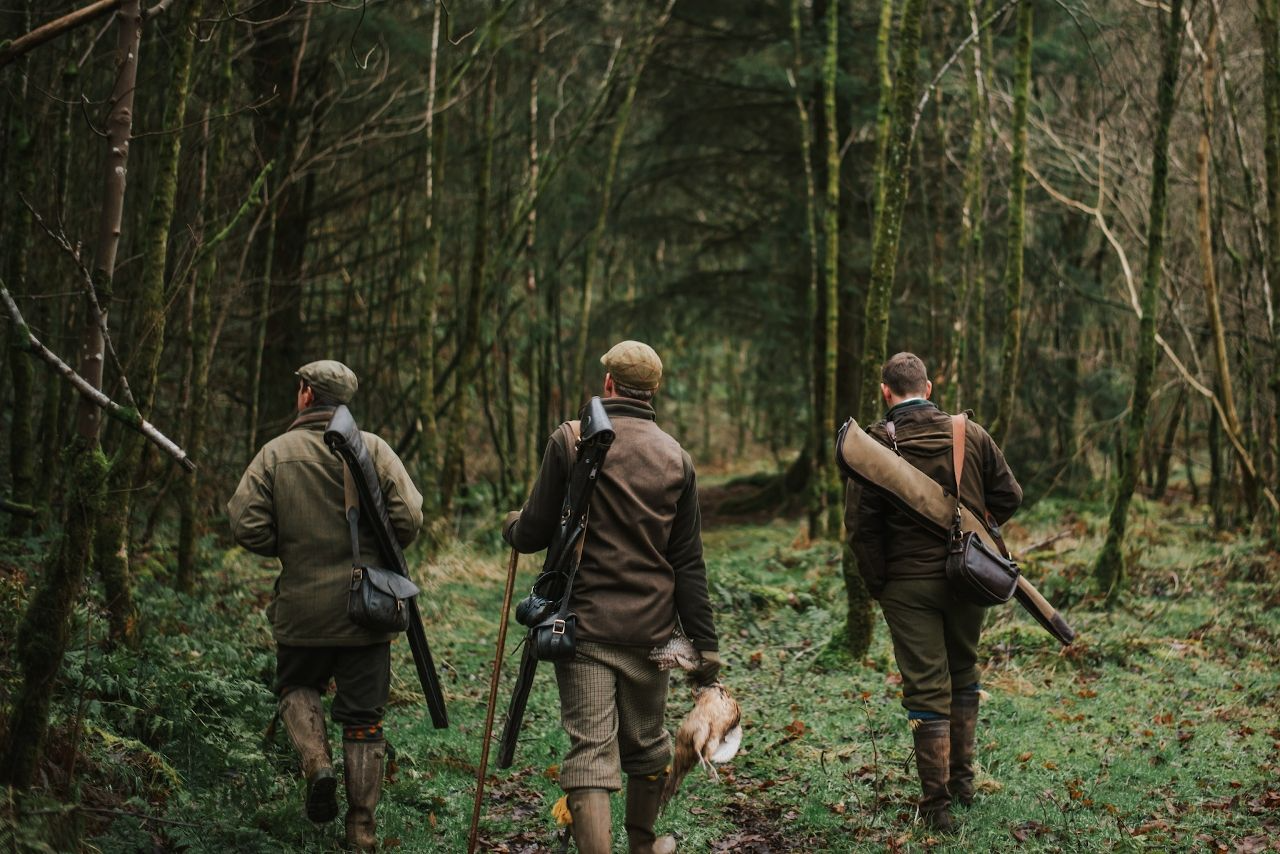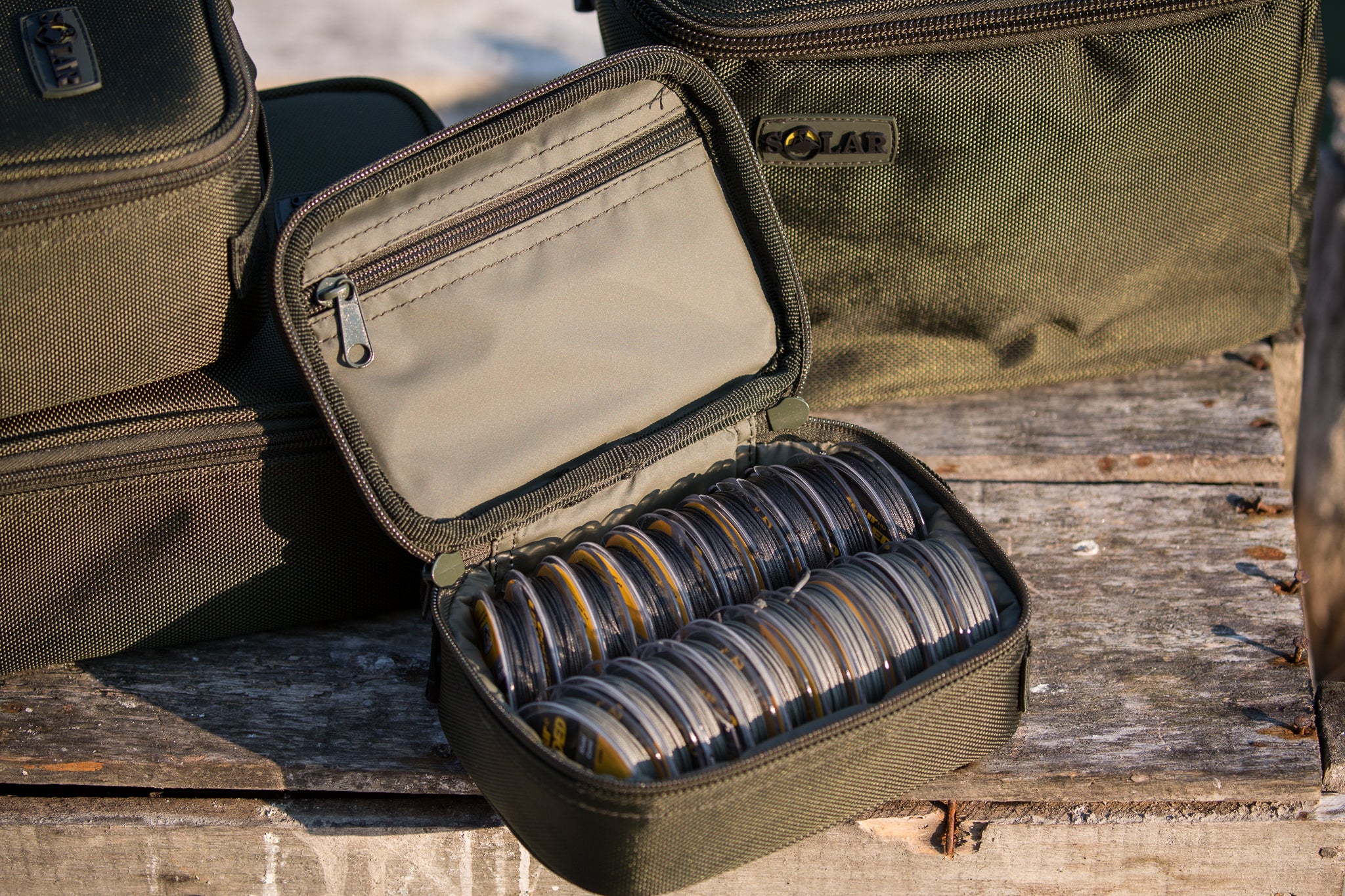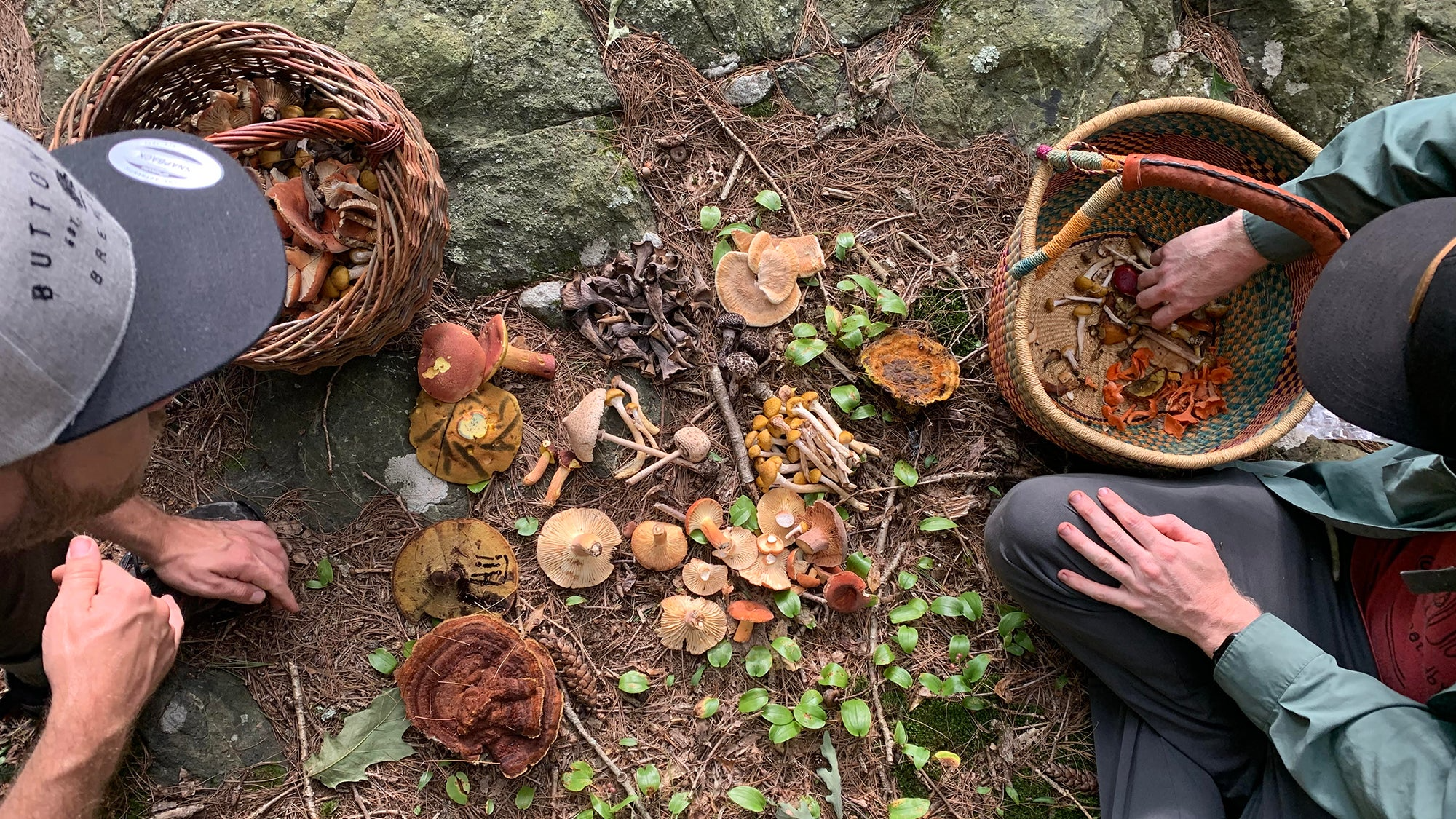The hidden world of mushroom hunting: secrets only foragers know
Mushroom hunting—also known as foraging—is more than just a weekend activity or an autumn pastime. For seasoned foragers, it’s a way of life, a meditative experience, and a gateway into the hidden rhythms of nature. Beneath the forest floor and among mossy logs lies a world rich with biodiversity, mystery, and, for those who know where to look, culinary treasures.
Whether you’re a beginner curious about mushroom hunting or a seasoned mycophile, this guide will reveal the secrets only foragers know, tips that go beyond the basics, and the insider knowledge that turns a good hunt into a great one.
The hidden world of mushroom hunting: secrets only foragers know
Why mushroom hunting is more than a hobby?
To the uninitiated, foraging may seem like a simple walk in the woods. But to those in the know, it’s a dance with nature. Foragers develop a sixth sense—an ability to read subtle signs in the forest, like changes in humidity, the position of fallen leaves, or the way certain trees cast shade.
Here’s what makes mushroom hunting truly special:
-
Connection to nature: Foragers often return to the same spots year after year, forming an almost spiritual bond with the land.
-
Sustainable food source: Wild mushrooms are organic, nutrient-rich, and free—when harvested responsibly.
-
A community of experts: There's a secret society feel to mushroom hunting. Experienced foragers share only limited information, preserving their favorite spots and rare finds.
Secret #1: Not all mushrooms grow in the same season
While fall is considered prime mushroom season, many species pop up in spring and even in summer after rains. True foragers know how to track:
-
Morels in spring near dying elms and ash trees
-
Chanterelles in mid-summer hardwood forests
-
Porcini and boletes in late summer and fall
-
Oyster mushrooms year-round in some regions
Pro tip: Keep a weather diary. Mushrooms thrive in specific humidity and temperature conditions. Your own notes are more valuable than any app.

Secret #2: The trees tell the truth
The best mushroom hunters don’t just look down—they look up. Certain mushrooms form symbiotic relationships with specific trees.
-
Chanterelles love oaks and beeches
-
Porcini thrive near pines and firs
-
Matsutake grow under redwoods and pine forests
-
Hen of the woods (maitake) are often found at the base of old oaks
Understanding these mycorrhizal relationships is one of the best-kept secrets in foraging.
Secret #3: The early bird gets the boletes
Foragers know that timing is everything. Arriving at dawn after a night of rain can mean the difference between an empty basket and a feast. Competitive foraging is real, especially in popular locations.
What insiders do:
-
Scout locations in advance during the off-season
-
Return to known spots early and often
-
Harvest responsibly—cut, don’t pull
Secret #4: Foraging gear matters more than you think
Experienced mushroom hunters don’t just bring a bag and a knife. They use specialized gear designed for comfort, practicality, and preservation of their finds.
Essential gear:
-
Mesh harvesting bag: Keeps mushrooms fresh and helps spread spores as you walk
-
Wooden or canvas basket backpack: Prevents mushrooms from bruising or crushing
-
Small knife with brush: For clean cuts and dirt removal
-
Field guide or mushroom ID app: Helps with on-the-spot identification
-
GPS or mapping app: For tracking fruitful spots discreetly
Pro tip: Label your finds and keep them separated—some edible species have dangerous lookalikes.
Secret #5: Foraging is a long game
You don’t learn mushroom hunting in a day—or even a season. The real experts have decades of experience, and they treat foraging like a craft.
They:
-
Observe how mushrooms change over time
-
Study soil conditions, rainfall, and microclimates
-
Note patterns from year to year
-
Learn from both successes and failures
Foragers often pass down knowledge orally, and few publish their best finds. If you befriend an experienced hunter, treat it like gold.
Secret #6: There’s a hidden code of ethics
In the foraging community, there’s a deep respect for nature and unwritten rules that seasoned foragers always follow:
-
Leave no trace
-
Never overharvest — only take what you’ll use
-
Don’t share exact locations online
-
Avoid trampling delicate ecosystems
-
Teach beginners how to forage responsibly
This “code” is why mushroom hunting remains sustainable and fulfilling for generations.
Secret #7: Some mushrooms are priceless
While most people seek out chanterelles and morels, experienced foragers also hunt for rarities like:
-
Black trumpets (rich, smoky flavor)
-
Lobster mushrooms (unique seafood-like aroma)
-
Cauliflower mushrooms (delicate texture and rare find)
-
Lion’s mane (valued for both culinary and nootropic benefits)
Some rare mushrooms fetch high prices at gourmet markets or specialty restaurants. Foraging can even become a source of supplemental income.
Conclusion: welcome to the inner circle
Once you step into the hidden world of mushroom hunting, you'll never look at a forest the same way again. Every tree becomes a clue, every breeze a whisper, and every path a potential goldmine. This ancient art, passed down quietly through generations, is more than a hobby—it’s a secret language between humans and the natural world.























